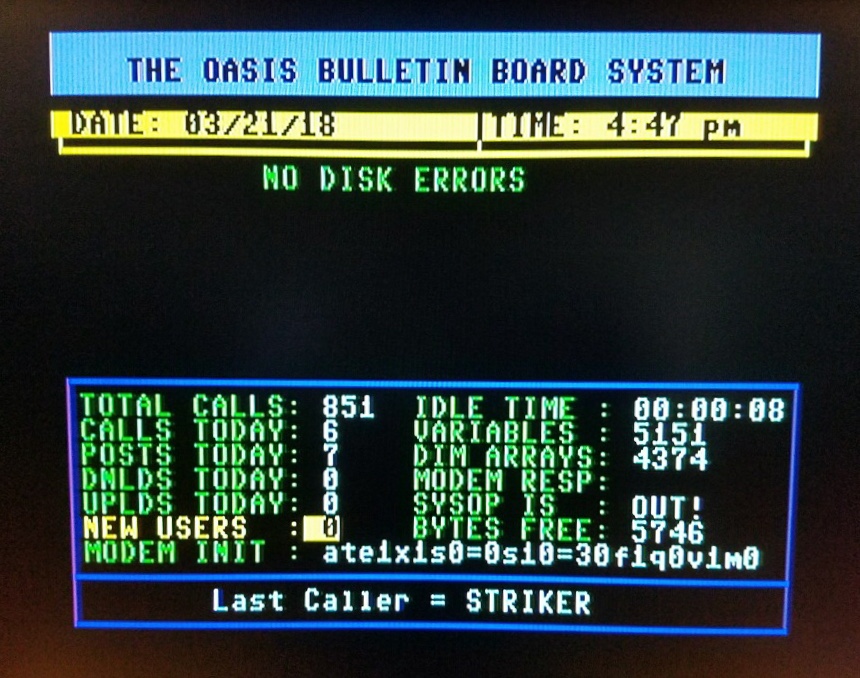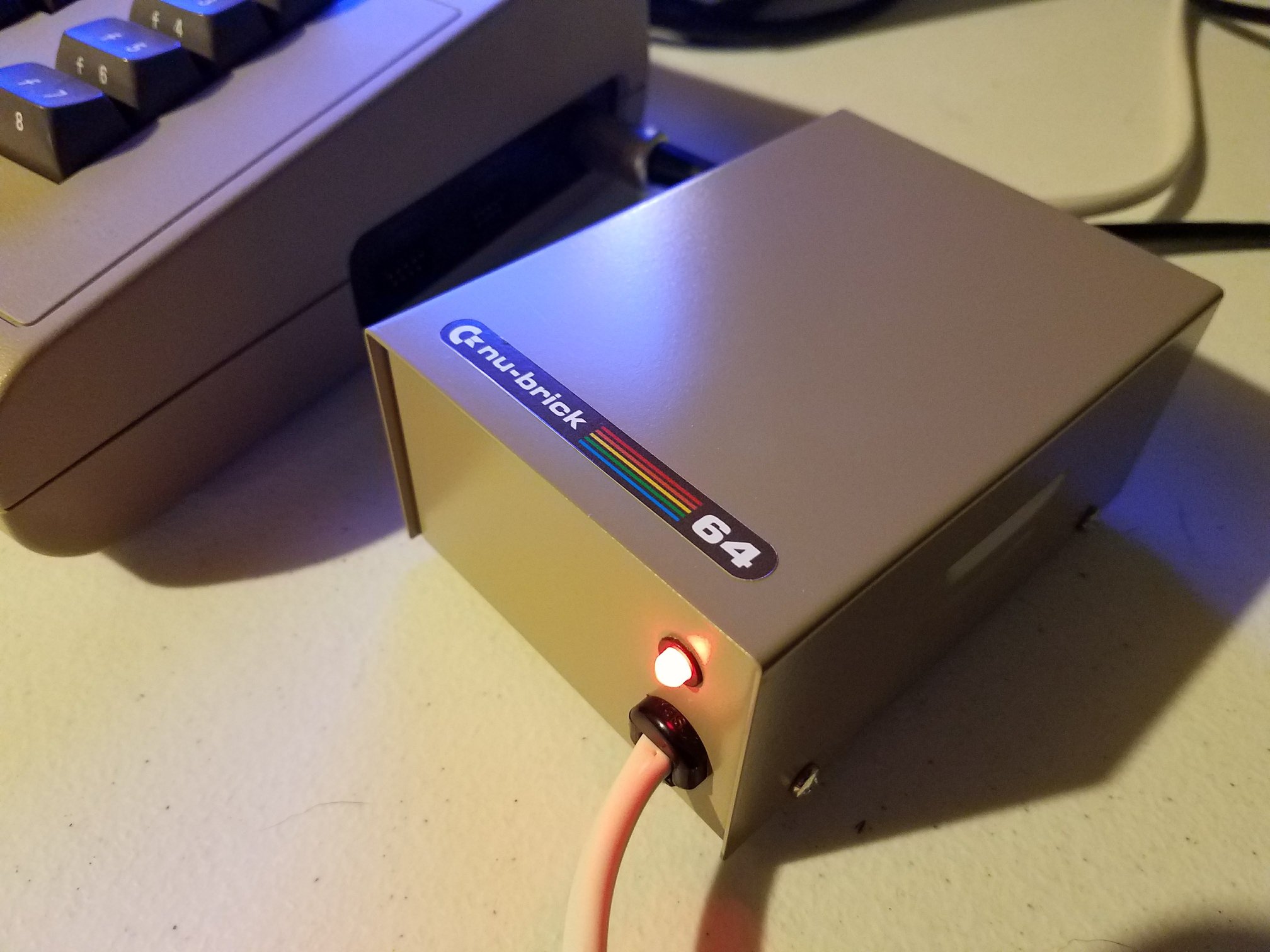Jan spends this video guiding viewers through two Pi1541 builds, showing how each version connects a Raspberry Pi to classic Commodore systems. The Pi 541 builds offer a cycle-exact way to emulate a 1541 drive, making them appealing to users who want reliable disk performance without relying on aging hardware. Jan assembles both kits, sets up the SD card, and tests real software on a Commodore 64. His relaxed style keeps things moving and keeps the focus on what matters: getting the hardware running.
Modern Options for Classic Drives
Floppy media continues to break down, so alternatives matter more each year. Jan explains why older solutions like SD2IEC work for many tasks but fall short when software depends on drive-side code. This is where the Pi1541 builds step in, since they recreate timing and behavior far closer to a real 1541.
Hardware Assembly and Differences
Jan works through two community-created hats from Ido Arana and Dr. Andrew Armstrong. One offers a simple layout, while the other includes more onboard components and room for an LCD screen. He highlights the parts, solders each board, and shares a few tips as he goes. Thanks to clear documentation included with one kit, the build process remains friendly.
Preparing the SD Card
Next, Jan sets up the SD card. He formats it, adds the Raspberry Pi boot files, copies the Pi1541 package, and drops in the correct ROMs. He also edits options.txt to enable features such as the buzzer and LED behavior. With everything configured, the Raspberry Pi boots cleanly and presents the file browser interface.
Real Software Tests
Jan loads programs, switches between disk images, and checks fast-loader compatibility. Some loaders need disk image mode, but once configured, everything works smoothly. He confirms that games known to fail on SD2IEC work perfectly on the Pi1541.
Final Thoughts
Jan wraps up by praising the flexibility of both hats. The Pi1541 delivers dependable 1541 behavior at a reasonable cost, and viewers get a clear demonstration of why it stands out. Fans of DIY hardware or Commodore projects will likely enjoy watching the process unfold.







